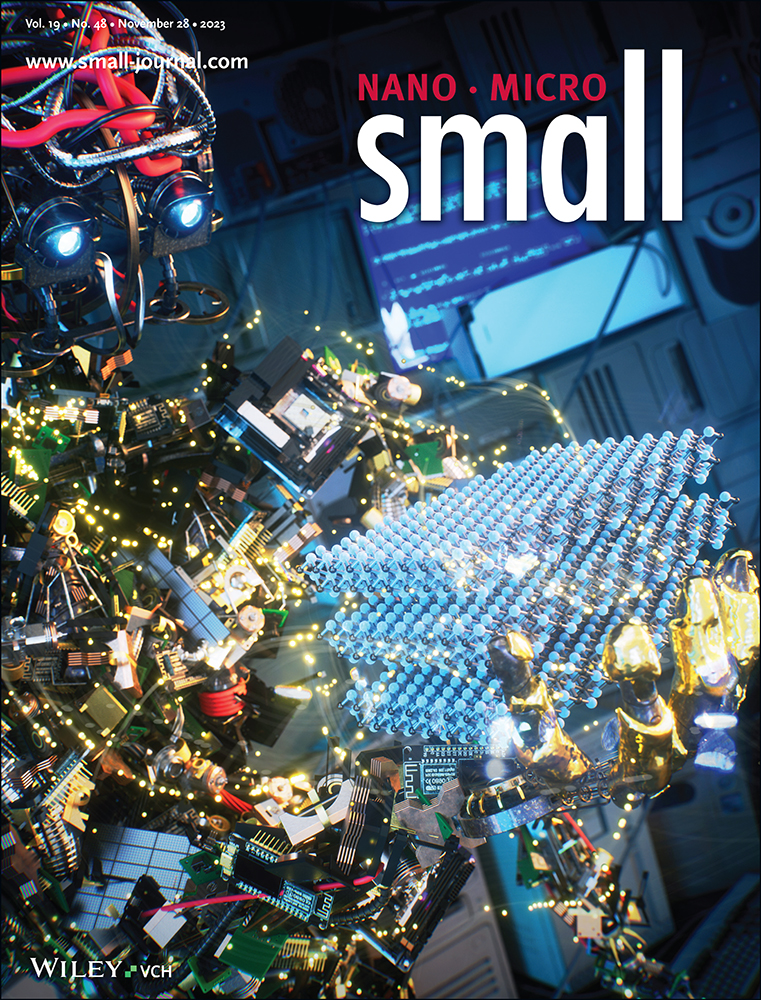CDs Regulated Sulfur-Based Flexible Electrode with Range pH Values for Efficient and Durable Hydrogen Evolution Reaction
Abstract
How to mildly structure a high intrinsic activity and stable catalytic electrode to realize long-term catalytic water splitting to produce hydrogen at a wide range of pH values at industrial high current is a challenge. Herein, this work creatively proposes to prepare industrial-grade catalytic electrodes with high efficiency and stability at high current density through carbon quantum dots (CDs) modification nickel sulfide on hydrophilic flexible filter paper via one-step mild chemical plating (denoted as CDs-Ni3S2@HFP). The intrinsic activity and surface area, electron transfer ability, and corrosion resistance of Ni3S2 material are increased due to the regulation, homogenous, and high concentration doping of CDs. The overpotential of the flexible catalytic electrode is only 30, 35, and 87 mV in 1 m KOH, simulated seawater (1 m KOH + 0.5 m NaCl), and neutral electrolyte (0.5 m PBS) at a current density of 10 mA cm−2. More attractively, the CDs-Ni3S2@HFP electrode achieves over 500 h of efficient and stable catalysis at industrial high current density (500 mA cm−2). Due to the advantages of mild, universal, and large-area preparation of catalytic materials, this work provides technical support for flexible catalytic electrodes in efficient catalysis toward water splitting, energy storage, and device preparation.
Conflict of Interest
The authors declare no conflict of interest.
Open Research
Data Availability Statement
Data sharing is not applicable to this article as no new data were created or analyzed in this study.




